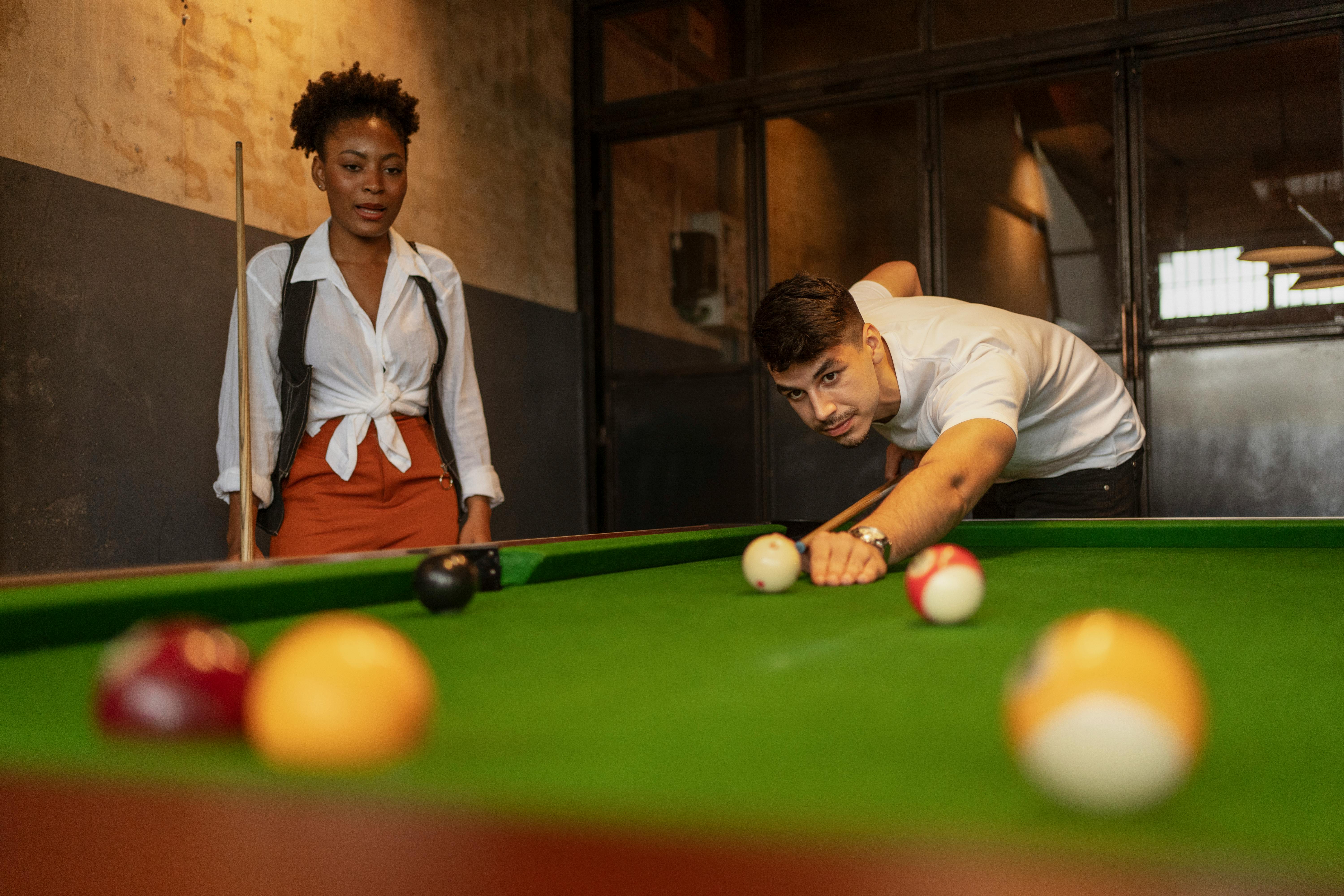Digital cameras are now commonplace, almost every home has at least one. The point is, there are so many to choose from that it’s hard to decide which one suits you best. Do you prefer a high megapixel or a high zoom? Do you go for an SLR (they are really good digital cameras, but require some skills) or a compact camera (which can be really good, but requires less photography knowledge)?
Our old digital camera was a Samsung and, as with most technology, it has quickly become outdated and difficult to use. There is a long lag between taking pictures and the speed when taking pictures is slow, so sometimes you miss that crucial shot. This can be quite frustrating and you can miss vital moments, especially when taking pictures of things like your kids’ sports day.
Due to the problems I encountered with our old camera, I found myself taking more and more pictures with my cell phone! My cell phone has a good camera and takes better close-ups than my old digital camera, a lot of my recent pictures have had to be close-ups of little things. Hence the decision to buy a new camera.
We have analyzed many cameras. One of the best and cheapest SLR cameras we looked at was a Canon that cost around £ 150; It was used to take portrait pictures in a film processing shop in our local city. Unfortunately we only had around £ 60 to buy a camera so we had to get the best for our money.
So what can you get for that price? It has to be a compact digital camera for that amount of money and we tested several. The store we used was very helpful and allowed us to test each camera in our price range to see how easy they were to use, see the quality of photos the cameras could take, and feel the quality of the device we were on. purchasing. All offered cameras were for sale at £ 50- £ 60, reduced from their original prices.
I took pictures with all the cameras that were within our price range: an Olympus (10 megapixels), a Samsung (10 megapixels) and a Rollei (8 megapixels). I took general photos and full zoom photos to check the quality, especially looking at the graininess in the full zoom photo as I use the zoom feature a lot when taking photos.
The Samsung was the first (at £ 49.99 reduced from £ 64.99), and being from the same brand as our previous camera, I wasn’t expecting too much. I was not disappointed! The camera still had the lag, as was our outdated one, but the quality was excellent, as was the build quality. Then came the Rollei Compactline 80 (on sale at £ 54.99 reduced from £ 79.99). I have never heard of these cameras before, they are a little known German brand. The photos I took were excellent – the quality is extremely sharp and the full zoom is just as sharp, with no grain whatsoever. There is a slight delay between shots, which is not the best. Build quality didn’t feel very good – the camera felt “plastic” and delicate. The final contender was Olympus (reduced from £ 99.99 to £ 59.99), the biggest reduction, and one would think with a name like Olympus, the best camera. Unfortunately I was disappointed. The camera was of excellent quality and it felt expensive, it was easy to use, and there was little lag between shots. The problem came with the full zoom, which unlike the other two was VERY grainy. I immediately turned it off and gave it back to him!
I opted for the Rollei, I am not happy to take another Samsung. I had to buy an SD card to save the images, which at £ 10 made the price exceed my budget by £ 5. The camera has been excellent. It has many great features: you can choose the quality of the photo (from 8 megapixels to VGA through 2 megapixel increments); It has an internal memory of 6 MB, although this would only allow you to take around 3 photographs with a quality of 8 megapixels (!); you can do a basic edit; show your images as a slideshow; rotate, resize; frame a picture; And a voice memo! Take both photos and video clips.
I found it very easy to use and the settings menu extremely easy to navigate. The menu in camera mode is simple and self-explanatory. Included in the box is a “Quick Start Guide”, user guide and photo editing software CD ROM, wrist strap, neck strap and USB cable (which is extremely important as this camera does not have a standard USB connection).
The disadvantages of this camera are: the delay between taking images (a green LED blinks until it is ready to take the next image), the “instructions” book that comes with the camera is very basic and therefore you have to “play” with the camera to find out how it works, the USB cable – if this gets lost you might not easily get a replacement and the “plastic” feel of the camera.
All that said, the quality of the images it takes is fantastic, considering the price I paid for the camera. For me, this weighed heavily on the feel of the camera and the lack of instructions. I am more than happy with my purchase and I am sure you would be too. Although it is a little known brand, give them a chance: where would Samsung, Olympus and Canon be today, if they had been ignored when they first hit the market?
